8 terrible and simply inexplicable diseases of the past
Categories: Health and Medicine | History
By Pictolic https://pictolic.com/article/8-terrible-and-simply-inexplicable-diseases-of-the-past.htmlModern medicine is able to transplant organs and start a stopped heart. But, alas, she is not omnipotent and sometimes cannot explain some of the diseases that tormented people centuries ago. The origin of some of them is explained by various hypotheses and it remains to be hoped that they all remained in the distant past.
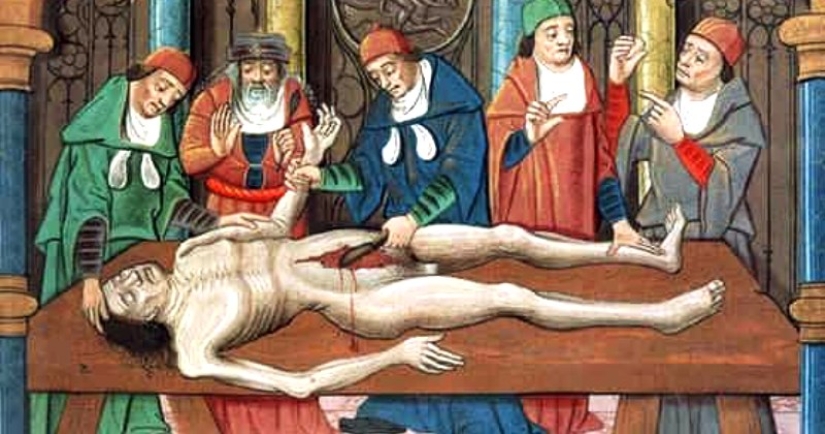

Back in the middle of the 20th century, in some cannibal tribes of New Guinea, there was a strange and incurable disease called kuru. The patient at first had difficulty moving — he was stiff and clumsy. Then a smile appeared on the patient's face, which remained with him until the last minutes of his life.
At the final stage, the person began to jerk his head, he began convulsions and paralysis. Symptoms could develop for several weeks or several months, but the result was the same — death. European doctors who performed autopsies of the deceased from kuru wrote that the patient's brain resembles a sponge. Now the Kuru disease does not occur — it has disappeared along with the custom of eating defeated enemies. Scientists believe that it is directly related to cannibalism and refers to prion diseases.
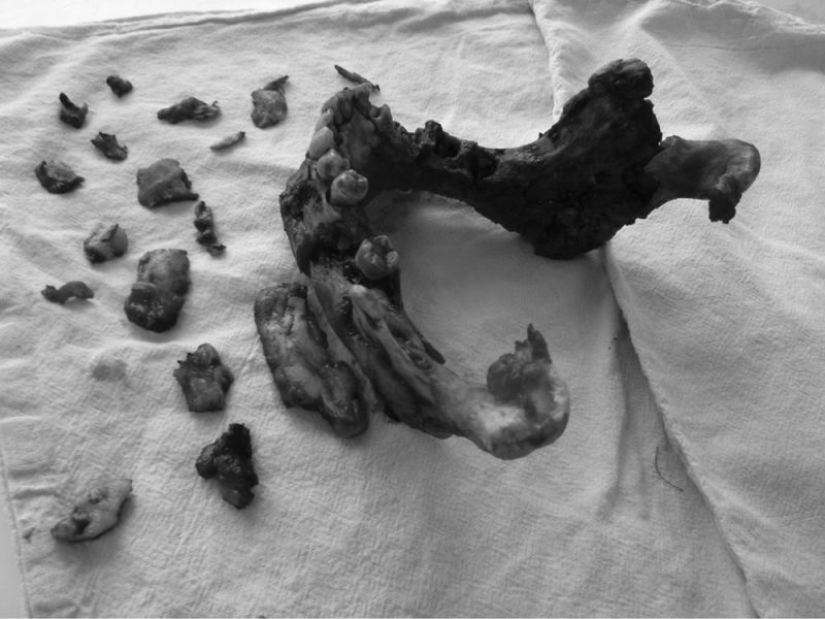
The symptoms of this disease were the destruction or, conversely, an abnormal increase in the bones of the lower jaw. Sometimes the lower part of the unfortunate's face was covered with growths, which sometimes glowed in the dark. In the 19th century, this ailment was often found in large cities of Europe and the USA and it was considered incurable.
Doctors could not find a cure for this disease, and surgical intervention only briefly relieved the patient's condition. This was until someone noticed that only people engaged in the production of matches and ammunition suffer from phosphonecrosis of the jaw. They had to come into contact with white phosphorus at work, which caused a terrible illness.

The only epidemic of this disease occurred before our era in Athens. It started suddenly, with a sharp increase in temperature. Soon, the patient began bloody vomiting and diarrhea, and some even bled from the eyes. There were no survivors of the Athenian plague — the mortality rate was one hundred percent. A detailed description of this scourge was left to us by the Greek historian Thucydides, which is why this epidemic is sometimes called the Thucydides plague.
The epidemic that swept Athens even scared off the determined Spartans, whose troops approached the city and began to prepare a siege. Today it is difficult to say which pathogen caused the disease, but scientists believe that the symptoms of this plague are very similar to those noted in patients with the Ebola virus in Africa.
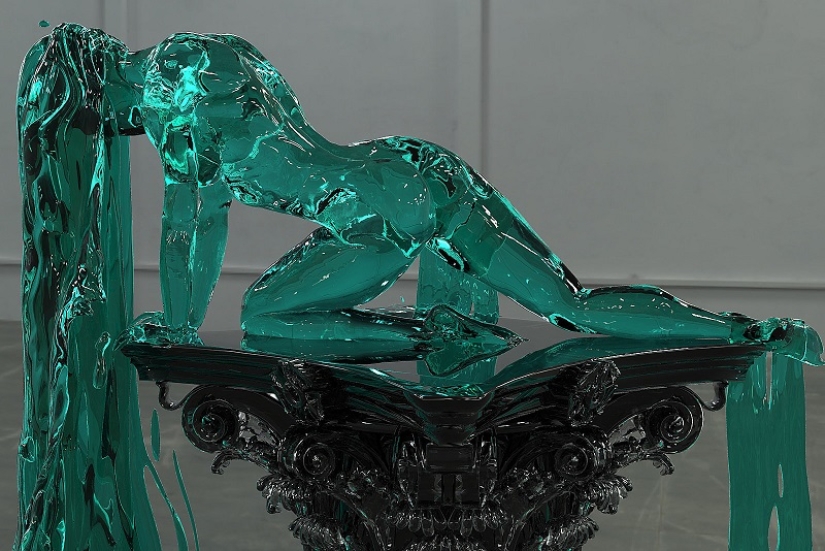
This very strange state is described by various sources of the Middle Ages. The ailment was expressed by the fact that a person suddenly decided that he was glass and therefore panicked afraid of breaking into pieces. The painful state came in fits — a person could sit in a tavern with friends, drink beer and joke, then suddenly started shouting not to be touched.
Both the poor and the rich were ill with the glass illusion. There were even kings among them — the most famous "glass" patient was King Charles VI of France in the 15th century. This monarch's fear of falling to pieces alternated with bouts of insane belligerence. Once, during a long trip, Karl, during an attack, cut down several of his entourage with a sword, defending himself from an imaginary attack.
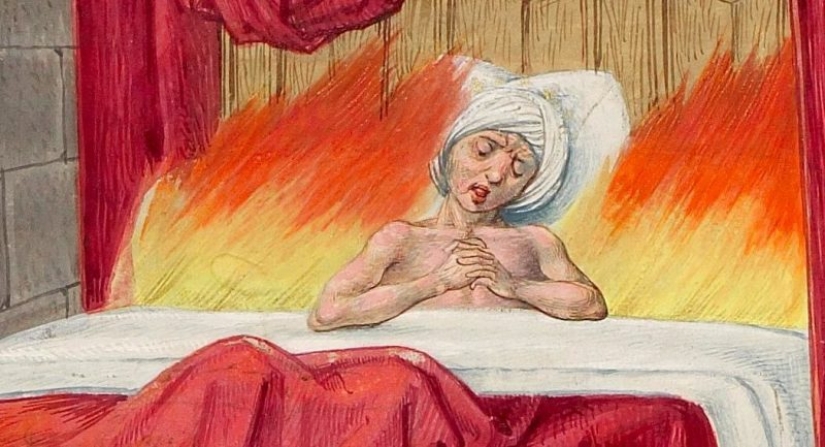
Outbreaks of this disease appeared in Europe in the 14th and 15th centuries, most often in England. The disease began with a strong fever and profuse sweating, after which the person rapidly lost strength and died in a few hours or, much less often, was completely cured. It was believed that with a fever, a person dies in his sleep and patients were prevented from falling asleep in every possible way.
There are enough descriptions of these epidemics in the writings of medieval historians and doctors, but symptoms alone are not enough to determine the cause. Modern epidemiologists tend to believe that the English sweating fever had an infectious origin and was associated, like many other dangerous diseases of that time, with terrible unsanitary conditions.

The symptoms of this disease were weakness, joint enlargement and soreness, dizziness, nausea and, most importantly, a green skin tone. Mostly young girls suffered from this scourge, so the healers of the 18th and 19th centuries blamed the lack of sex for everything.
The disease of "green women" or chlorotic anemia, even got another name — "the disease of virgins". Because of what it arose, no one knows until now, but scientists of our days suggest that iron deficiency in the bodies of young ladies is to blame for everything.
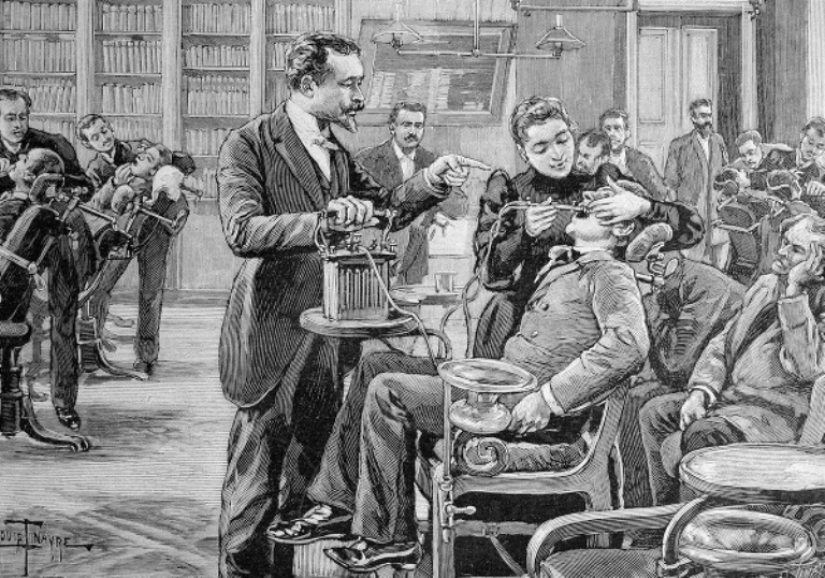
Cases when people's teeth exploded have been described by several independent sources from different countries, so it is difficult to doubt the veracity of these stories. It all started as an ordinary aching toothache, then it became unbearable, and then the sick tooth suddenly flew apart with a bang in the mouth.
The explosions were so strong that they knocked the unfortunate off their feet. It was not possible to solve the mystery of exploding teeth, since such cases do not occur these days. But scientists have a version according to which the explosion in the oral cavity occurred due to the contact of seals made of lead, tin or silver with hydrogen.

The disease affected the guests of the National Hotel in Washington, USA in the 1850s. During the stay in the rooms, and sometimes after departure, a person's tongue swelled, his intestines became inflamed, and debilitating diarrhea began. These symptoms could disappear for weeks or even months, but then they returned again. Sometimes people suffered for years, after which the disease passed by itself.
What happened to the hotel guests was inexplicable from the point of view of 19th century medicine, so everyone started blaming the curse for the problem. But later it turned out that the dark forces are not to blame here, and the epidemic is caused by an infection lurking in the water supply. It turned out that the sewer pipe burst in the hotel and its contents leaked into drinking water.
Recent articles

For many of us, going to the dentist is a nightmare experience. And this despite anesthesia and other modern technologies. It is ...

Talented photographer and retoucher Daria Klepikova lives and works in Moscow. Daria specializes in portrait photography and travel ...

Sometimes even great talent is forgotten. This is precisely the situation faced by the wonderful French artist Jean-Léon Gérôme, ...